Disclaimer: I am an amateur at woodscraft and herblore. Nothing below should be taken as advice or recommendations. I am merely experimenting. Please do your own research before consuming or using any plant for medicinal purposes.
When I was talking about chickweed last week a friend who is an avid hiker and who has decades of experience with natural remedies and body products pointed out that Broadleaf Plantain is an even better way to remove the itch from chigger bites.
I remember this plant from when I was a kid. We would pull the seed laden stems and use our thumbnails up the stem to fling the beads off of it. I did not have to go far here (literally, right out the back door) to find it some here.
To start, yes, this plant is native to Europe and existed in England in period. This is even listed in several SCA-period manuscritps, including The Tudor Pattern Book (Bodleian Library MS. Ashmole 1504) and in several versions of the Herbarium of Pseudo-Apuleius Platonicus.
When I was talking about chickweed last week a friend who is an avid hiker and who has decades of experience with natural remedies and body products pointed out that Broadleaf Plantain is an even better way to remove the itch from chigger bites.
I remember this plant from when I was a kid. We would pull the seed laden stems and use our thumbnails up the stem to fling the beads off of it. I did not have to go far here (literally, right out the back door) to find it some here.
To start, yes, this plant is native to Europe and existed in England in period. This is even listed in several SCA-period manuscritps, including The Tudor Pattern Book (Bodleian Library MS. Ashmole 1504) and in several versions of the Herbarium of Pseudo-Apuleius Platonicus.
Peterson’s Field Guide to Medicinal Herbs and Plants (p102) lists a variety of uses for this weed (which was brought to the US from Europe) and confirms other things I have read or been told about it being useful for minor cuts and insect bites. The note that I found interesting is that it is confirmed as being anti-microbial as well.
Historically, this was also thought to be a cute for snakebites but alas, that is unfounded.
The Medieval Garden lists this plant as an edible weed that could be used in pottages (p31) and this plant was in a list of medicinal plants (p81) listed by Jon Gardner’s The Feate of Gardening (c. 1350 or 1450 depending on source) as being commonly grown for medicinal purposes.
The Peterson Field Guide to Edible Wild Plants confirms edibility, and recommends also that the plant be cooked completely unless the plant is very young (p46). It notes that as the plant ages that it gets stringy. This is of interest because I noticed when pulling the leaves that the larger ones had fibres in the core that had some stretch to them. A couple of online sources noted that these could be extracted and spun for cordage. Because of the squat size of these plants I feel that would be more than a fair bit of work, but it might not stop me from trying to process these fibres once the plants are more fully grown.
Most exciting is the number of items listed for Plantain in the translation of the Old English Herbarium in Medieval Herbal Remedies (p142-144). This includes bandaging the roots to the head to relieve headache, drinking juice of the plant for stomachache, rid intestinal parasires or to stop rectal bleeding, cure for several types of fever, eating it to relieve swelling of the abdomen, ground seeds applied to wounds, crushed into wine it is a remedy for snakebite or scorpion and a poultice can apparently cure “hard lumps” on the body. And there are more, including mixing it in wine then drinking the wine and eating the leaves to cure any type of internal infirmity.
One that is of particular interest to me as it could possibly be applicable to a Forester’s work is that plantain mixed into vinegar and smeared on the feet will relieve swelling from a journey.
At this moment, I have on the stove chickweed and plantain leaves in olive oil that I am working into a salve for itches and bites. Hopefully I will have photos of this to share tomorrow.
Note that various publications warn that this plant can cause contact dermatitis in some individuals so testing use before liberal application is advised.
Historically, this was also thought to be a cute for snakebites but alas, that is unfounded.
The Medieval Garden lists this plant as an edible weed that could be used in pottages (p31) and this plant was in a list of medicinal plants (p81) listed by Jon Gardner’s The Feate of Gardening (c. 1350 or 1450 depending on source) as being commonly grown for medicinal purposes.
The Peterson Field Guide to Edible Wild Plants confirms edibility, and recommends also that the plant be cooked completely unless the plant is very young (p46). It notes that as the plant ages that it gets stringy. This is of interest because I noticed when pulling the leaves that the larger ones had fibres in the core that had some stretch to them. A couple of online sources noted that these could be extracted and spun for cordage. Because of the squat size of these plants I feel that would be more than a fair bit of work, but it might not stop me from trying to process these fibres once the plants are more fully grown.
Most exciting is the number of items listed for Plantain in the translation of the Old English Herbarium in Medieval Herbal Remedies (p142-144). This includes bandaging the roots to the head to relieve headache, drinking juice of the plant for stomachache, rid intestinal parasires or to stop rectal bleeding, cure for several types of fever, eating it to relieve swelling of the abdomen, ground seeds applied to wounds, crushed into wine it is a remedy for snakebite or scorpion and a poultice can apparently cure “hard lumps” on the body. And there are more, including mixing it in wine then drinking the wine and eating the leaves to cure any type of internal infirmity.
One that is of particular interest to me as it could possibly be applicable to a Forester’s work is that plantain mixed into vinegar and smeared on the feet will relieve swelling from a journey.
At this moment, I have on the stove chickweed and plantain leaves in olive oil that I am working into a salve for itches and bites. Hopefully I will have photos of this to share tomorrow.
Note that various publications warn that this plant can cause contact dermatitis in some individuals so testing use before liberal application is advised.
Persona Summary:
List of Resources can be found HERE
- This plant was likely known to a 14th Century Forester in England
- The understood properties in period might have been something that person had come across
- Plausible foraged food source, potentially used in pottages and the like
- Test the plant as a poultice on bites
- Completed - effective at relieving the itching for 30-40 minutes
- Add the greens to a pottage
- Create a salve with chickweed to use on scrapes or bites
- Completed - Further information HERE
List of Resources can be found HERE
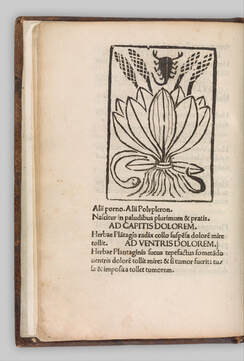
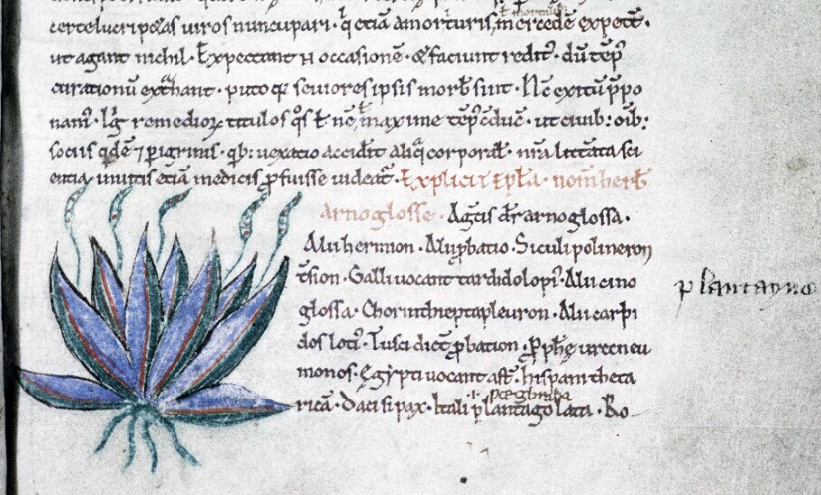
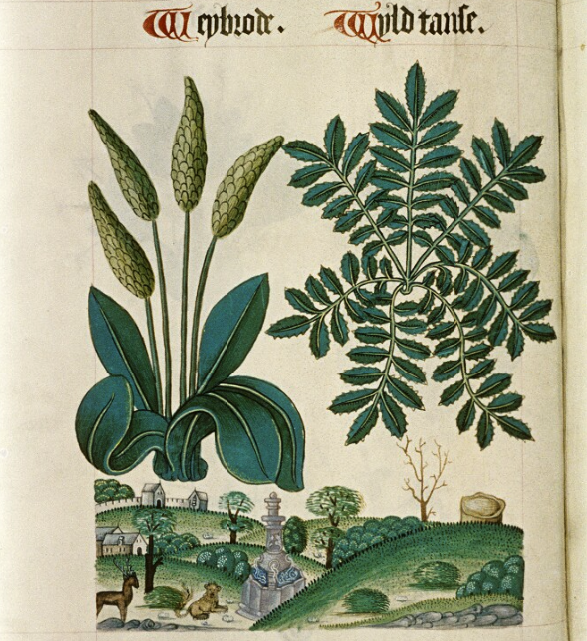
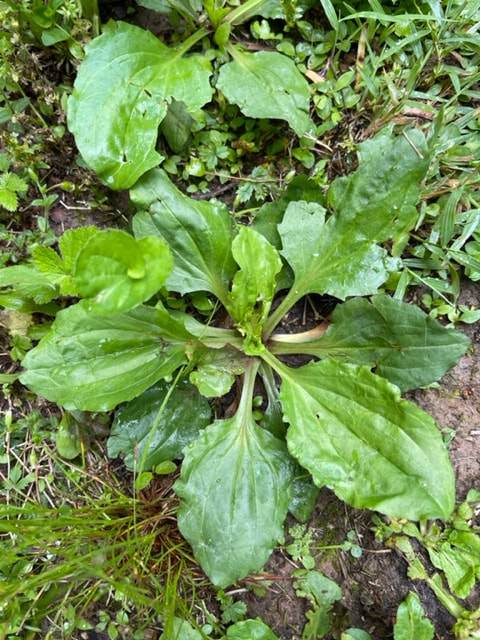
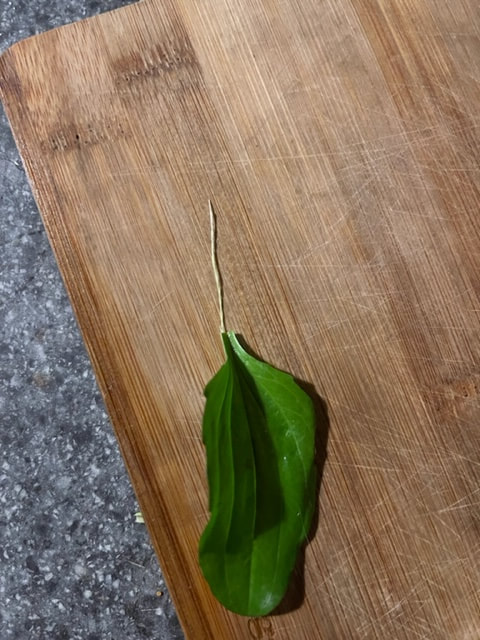
 RSS Feed
RSS Feed